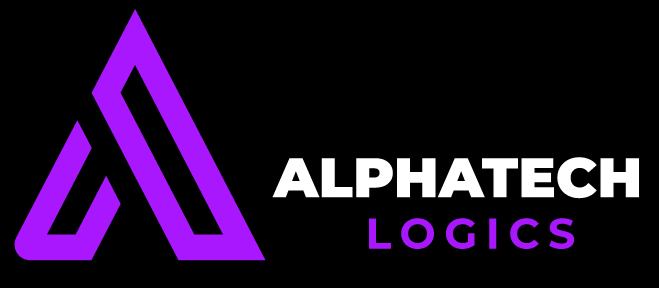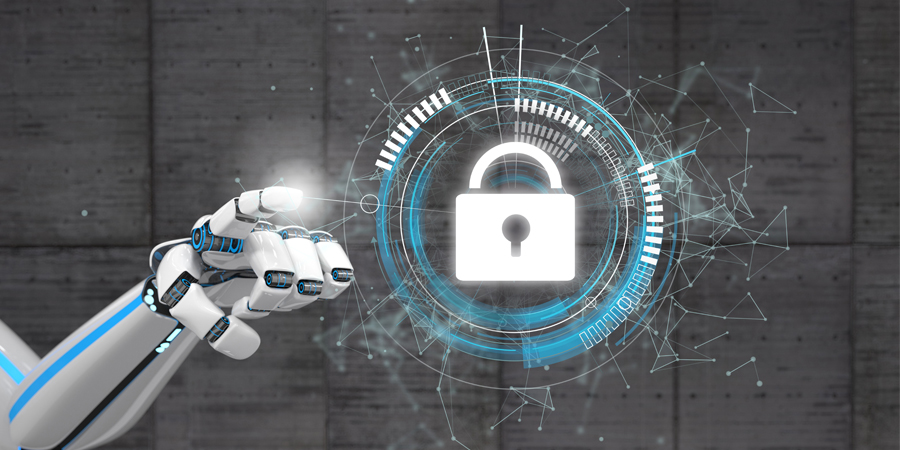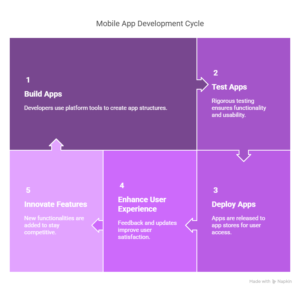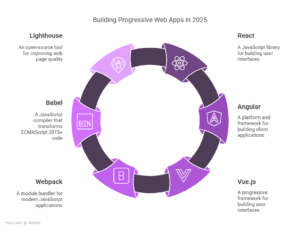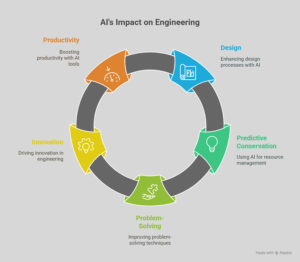Introduction
The security environment is changing at a pace never witnessed before in the history of mankind, and attackers employ advanced tools such as AI-based malware, zero-day attacks, and advanced social engineering phishing. The old perimeter-based security models are no longer adequate today. Into the void comes Zero Trust Security (ZTS) , a completely new paradigm of thought on the axioms of Never trust, always verify.”
But as threats evolve, so too must Zero Trust. That’s where **Artificial Intelligence (AI)** comes in, adding predictive analytics, adaptive authentication, and real-time threat detection to Zero Trust solutions. Together, **AI-enabled Zero Trust** is revolutionizing cyber defense, offering maximum protection against even the most advanced threats.
Why Zero Trust Requires AI
Zero Trust removes the inherent trust within the network, and continuous authentication for everyone, devices, and transactions is necessary. Implementing these policies manually in batches is not possible. AI brings automation, intelligence, and velocity to Zero Trust by:
1. Real-Time Behavioral Analysis
The Artificial Intelligence tracks both user and device behavior and generates a profile regarding anomalies, a possible indicator that a breach was initiated.
2. Dynamic Risk Scoring
Predictive risk scores are calculated by machine learning (ML) models, dynamically and in real-time, modifying access permissions.
3. Automated Threat Response
AI systems can quarantine or block vulnerable machines in real-time, or block suspicious activity by automation, without the need for explicit human intervention.
4. Predictive Security
AI identifies attack patterns and predicts future attacks ahead of time, before they happen.
Zero Trust Security Primary Uses of AI
1. AI-Based Identity and Access Management (IAM)
Static credentials-based IAM is susceptible to credential theft. AI improves IAM by:
Continuous Authentication – Keystroke and mouse tracking, and login history tracking for authentication.
Adaptive Multi-Factor Authentication (MFA) – Dynamically changing the factor of authentication according to the risk factors.
2. AI Network Segmentation
Zero Trust calls for micro-segmentation to contain lateral movement. AI makes it possible by:
Automatically implementing policies in real-time based on analysis of traffic.
Detection of unauthorized access attempts and automatic compartmentalization of the affected segments.
3. Behavioral Analytics for Threat Detection
Computer programs are designed to identify typical patterns of activity and alert irregularities like:
Unexplainable requests to view data (e.g., an employee trying to view confidential files at unusual hours).
Abnormal network traffic (i.e., data exfiltration probes).
4. AI in Endpoint Security
With more work being performed remotely, endpoint security is also needed. AI secures Zero Trust for endpoints in the following manner:
Detection of zero-day malware by heuristic analysis.
Enforcing least-privilege access on a device and user behavior health basis.
5. Automated Incident Response
When an aversive stimulus is evoked, AI can:
Implement containment measures (i.e., take away access, quarantine equipment).
Perform forensic analysis to accelerate remediation.
Zero Trust Security Challenges of AI
While AI improves Zero Trust, it is not without issues:
False Positives/Negatives Use of AI can lead to false blocking of access or exclusion of threats.Adversarial AI Attacks Adversarial AI can be used to help attackers evade security controls (e.g., deep fake authentication). Data Privacy Issues AI requires enormous data, which has compliance consequences (GDPR, CCPA).
The Future:Self-Learning Zero Trust Ecosystems
The future horizon is self-learning Zero Trust systems, in which AI continually adjusts security policies in response to changing threats. Breakthroughs in the future can be:
Federated AI models that exchange threat intelligence without sharing raw data.
Quantum-resistant AI algorithms to safeguard against future cyber attacks.
Conclusion
AI is transforming Zero Trust Security from a static to a dynamic, smart defense system. By adding AI-driven analytics, auto-enforcement, and predictive capabilities, organizations can stay one step ahead of cyber-scoundrels in an increasingly hostile digital world. As threats continue to evolve, **AI-based Zero Trust isn’t a choice—it’s a necessity**. Organizations that adopt this marriage of technologies will be the leaders in the next generation of cybersecurity.

